Yes, ma’am!
Boiled Peanuts, also known as goober peas, are the bomb-diggity of Southern snack foods.
The origin is disputed. By some accounts, they first came to be during the Civil War. Soldiers boiled them in salty water to preserve them and extend their shelf life. This account is highly unlikely since there’s evidence that boiled peanuts had been eaten in Africa for centuries.
In order to boil perfect peanuts, we’ve got to get some things straight. For one, you need to know the difference between green peanuts and raw peanuts. The difference is water. Green peanuts didn’t get their name from their color. Their not green at all. In this case, green refers to freshness. Green peanuts are straight from the ground and haven’t been dehydrated. Raw peanuts, on the other hand, have been dehydrated. Green peanuts are more perishable than raw peanuts which have been dehydrated to make them last longer in the raw state. Green peanuts are not as easy to find as raw peanuts. Most of the uncooked peanuts in grocery stores are raw and not green. Peanuts are no different from any other type of produce: freshness means more flavor. Green peanuts are best for boiled peanuts. Second, the amount of time it takes to get the boiled peanuts just right depends on your preference for texture and saltiness. This is important to know because you cannot depend on a recipe to tell you how long to boil your peanuts. You’ve got to drag some out of the boiling water and test them, over and over and over again until they hit that point that you consider perfect. The last thing that’s important to know is that these things undoubtedly contain some kind of magical power that makes them irresistible. Don’t fool yourself into thinking you’ll eat just a small handful and stop. Pfffttttt!! No way. Plan to throw down when boiled peanuts are around.
Boiling peanuts is a big social event in the South. They’re boiled outside in huge cast iron pots and the whole countryside is invited. I’ll take this kind of socializing over a highfalutin party any day of the week.
We found a source for green peanuts in Plant City, Florida called Spivey Farms. The peanut fields are right next to their farm store. This was the first year that we bought peanuts from them but it won’t be the last. I’ve never had peanuts so good as these. They are the perfect boiling peanut. The size is nice and they’re all filled out. We bought 35 pounds last week, boiled them and have given most of them away. So, there was nothing else for us to do but to buy another 35 pounds. We’re about halfway finished with putting those up in the freezer.
We put about 12 pounds at the time in a jelly canner. You can use the ratios I give you below to adjust the amount of brine that you need for the amount of peanuts that you have.
You can find all sorts of instructions on the internet for using raw peanuts instead of green and/or cooking the peanuts overnight in a slow-cooker. I’ve never tried either so I can’t comment on the final product. The only way I’ve cooked boiled peanuts is green peanuts on the top of the stove and I have a lot to say about how good they are cooked that way!
The last thing you need to know about boiled peanuts, is that eating them is an experience. Don’t short change yourself. You must have brine dripping off your chin and running down your arms as you eat them to get the full experience. It’s all part of it.
Y’all come see us!
Boiled Peanuts
yield: approximately 11 quarts
Rinse peanuts very well in cold water before cooking. They grow in the ground and are dirty. One little bit of grit can mess up a whole pot of boiled peanuts. Choose a cooking vessel large enough that the top of the peanuts can be covered with about two inches of water. Once the peanuts get the right texture and saltiness to suit your taste, they must be removed from the brine. They will take anywhere from one to five hours to cook depending on how fresh they are and the quantity you cook. You need to test for doneness. When you’re boiling a bunch of peanuts, don’t plan anything else for the rest of the day.
12 pounds of green peanuts (see description in the narrative of green versus raw peanuts)
water
kosher salt
gallon jug or pitcher
Wash the peanuts very, very well in cold water. Place them in a large pot that will allow them to be covered with two inches of water.
Fill the gallon jug with tap water. Add one cup of kosher salt. Stir. The salt doesn’t have to dissolve because it will when it cooks.
Keep mixing up the brine with the ratio of one gallon water to one cup of kosher salt until the top of the peanuts are covered with two inches of water.
Cover and bring to a boil. Keep covered.
As the peanuts boil, occasionally push down the top layer.
After an hour, start testing the peanuts. I say an hour just to be on the safe side because they probably won’t be near done by then.
To test: scoop peanuts out of the boiling water. Blow on them until they’re cool enough to handle. Crack open and pop the peanut, not the shell, into your pretty little mouth. Chew on the peanut. If they’re not tender or salty enough, keep cooking and test every hour repeating the same procedure.
Keep adding water to the cooking vessel as needed. CAUTION: Do not add more brine, just add fresh tap water. As the brine cooks down, it become concentrated. The salt isn’t leaving, it’s still in the pot. You need more water, not more salt.
If they reach the right texture but aren’t salty enough, take them off the heat and let them sit in the brine. Test for saltiness every 10 minutes until they get right. Once they reach the perfect stage, drain the brine. If you leave them sitting in the brine, they will continue getting saltier.
If you realize they’ve gotten too salty, don’t panic. Drain them from the brine and cover with fresh water. The salt will be drawn out of the peanut into the fresh water. Keep testing until the peanuts get right for you.
To freeze, drain the brine and store the peanuts in resealable freezer bags. To eat, let them thaw.
Boiled Peanuts
Ingredients
- 12 pounds of green peanuts see description in the narrative of green versus raw peanuts
- water
- kosher salt
- gallon jug or pitcher
Instructions
- Wash the peanuts very, very well in cold water. Place them in a large pot that will allow them to be covered with two inches of water.
- Fill the gallon jug with tap water. Add one cup of kosher salt. Stir. The salt doesn't have to dissolve because it will when it cooks.
- Keep mixing up the brine with the ratio of one gallon water to one cup of kosher salt until the top of the peanuts are covered with two inches of water.
- Cover and bring to a boil. Keep covered.
- As the peanuts boil, occasionally push down the top layer.
- After an hour, start testing the peanuts. I say an hour just to be on the safe side because they probably won't be near done by then.
- To test: scoop peanuts out of the boiling water. Blow on them until they're cool enough to handle. Crack open and pop the peanut, not the shell, into your pretty little mouth. Chew on the peanut. If they're not tender or salty enough, keep cooking and test every hour repeating the same procedure.
- Keep adding water to the cooking vessel as needed. CAUTION: Do not add more brine, just add fresh tap water. As the brine cooks down, it become concentrated. The salt isn't leaving, it's still in the pot. You need more water, not more salt.
- If they reach the right texture but aren't salty enough, take them off the heat and let them sit in the brine. Test for saltiness every 10 minutes until they get right. Once they reach the perfect stage, drain the brine. If you leave them sitting in the brine, they will continue getting saltier.
- If you realize they've gotten too salty, don't panic. Drain them from the brine and cover with fresh water. The salt will be drawn out of the peanut into the fresh water. Keep testing until the peanuts get right for you.
- To freeze, drain the brine and store the peanuts in resealable freezer bags. To eat, let them thaw.
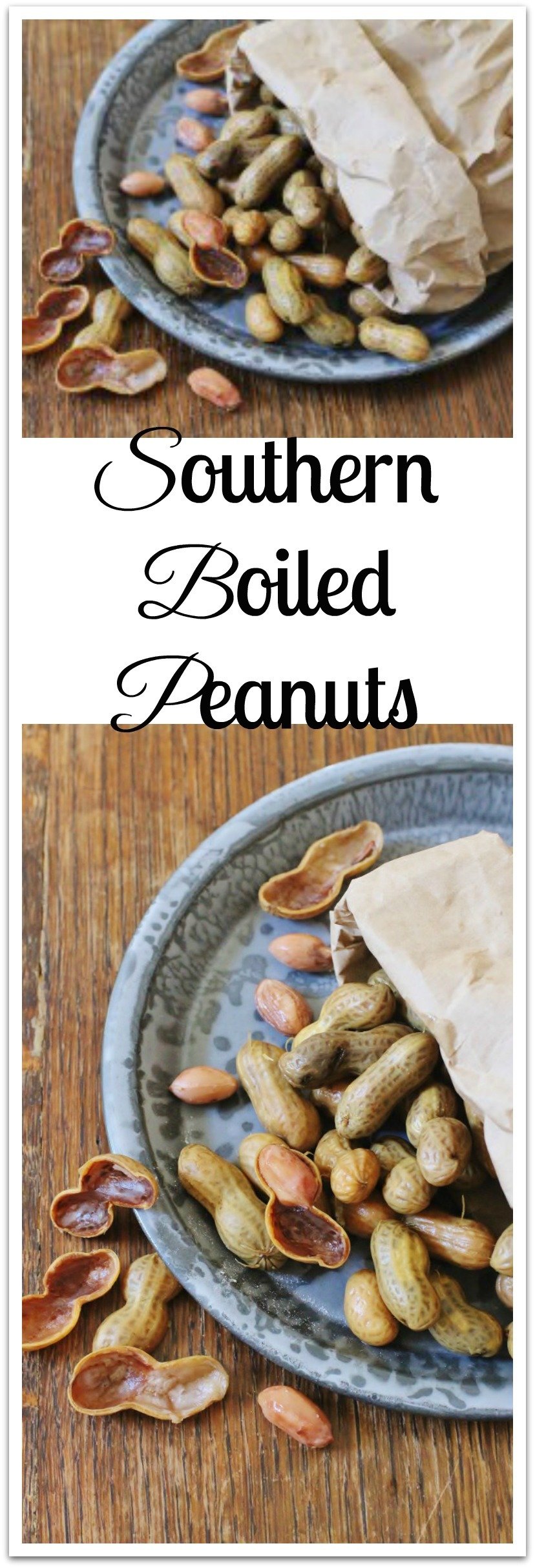
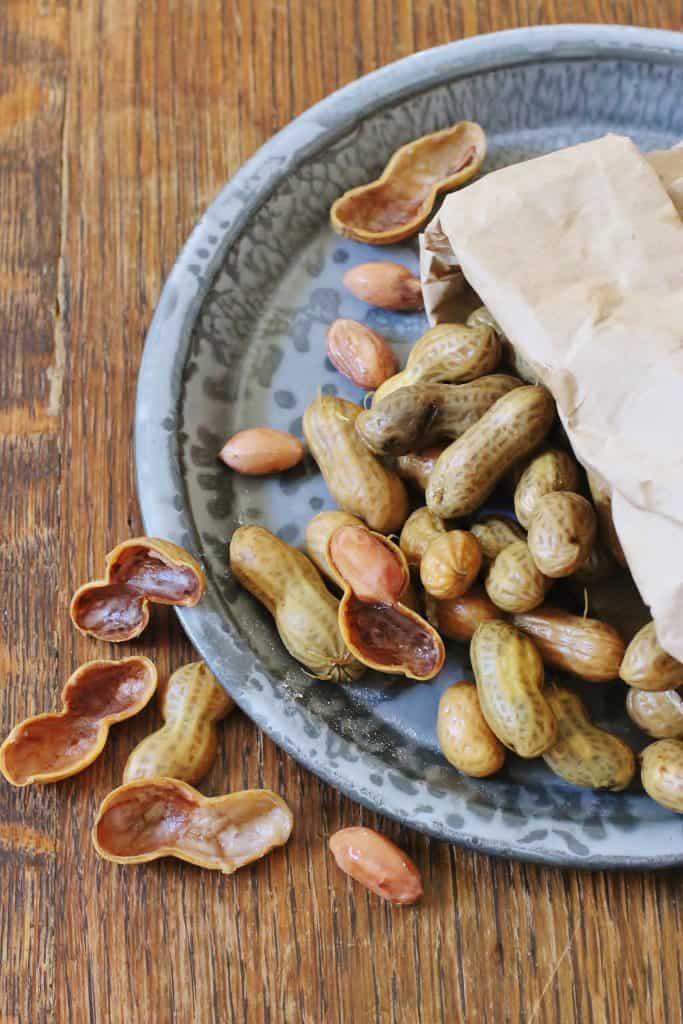
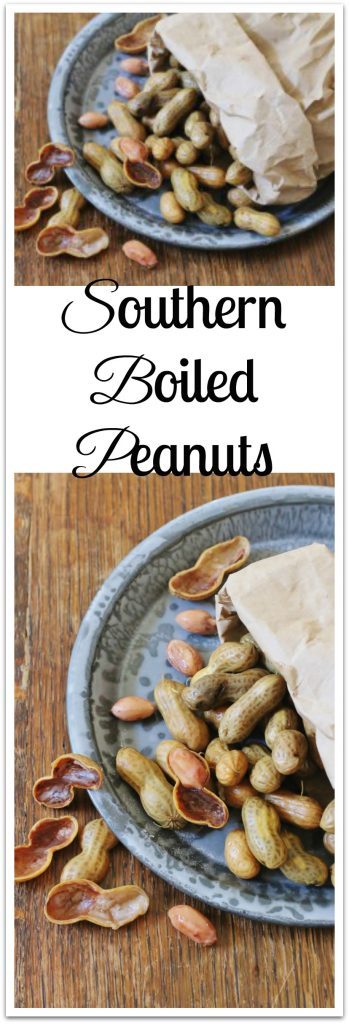
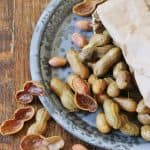

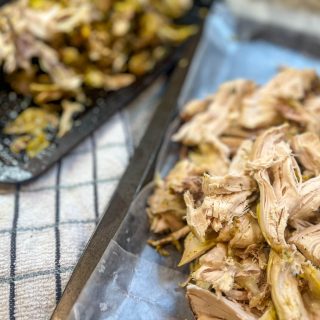
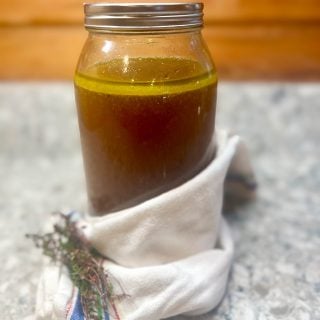
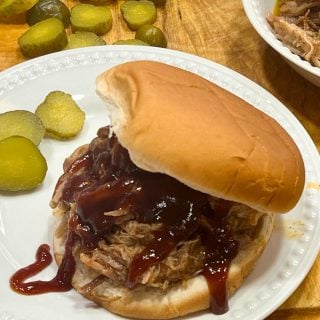
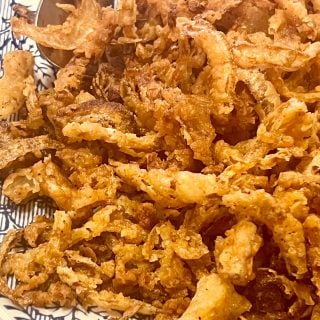
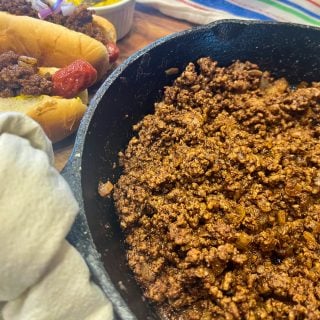
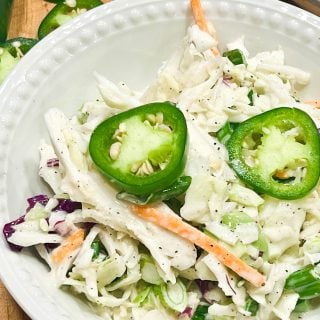

Baltisraul says
Do you have a recipe for using an Instant Pot for these beauties?
Jackie Garvin says
Sorry, but no. I’ve never cooked in an Insta-pot.